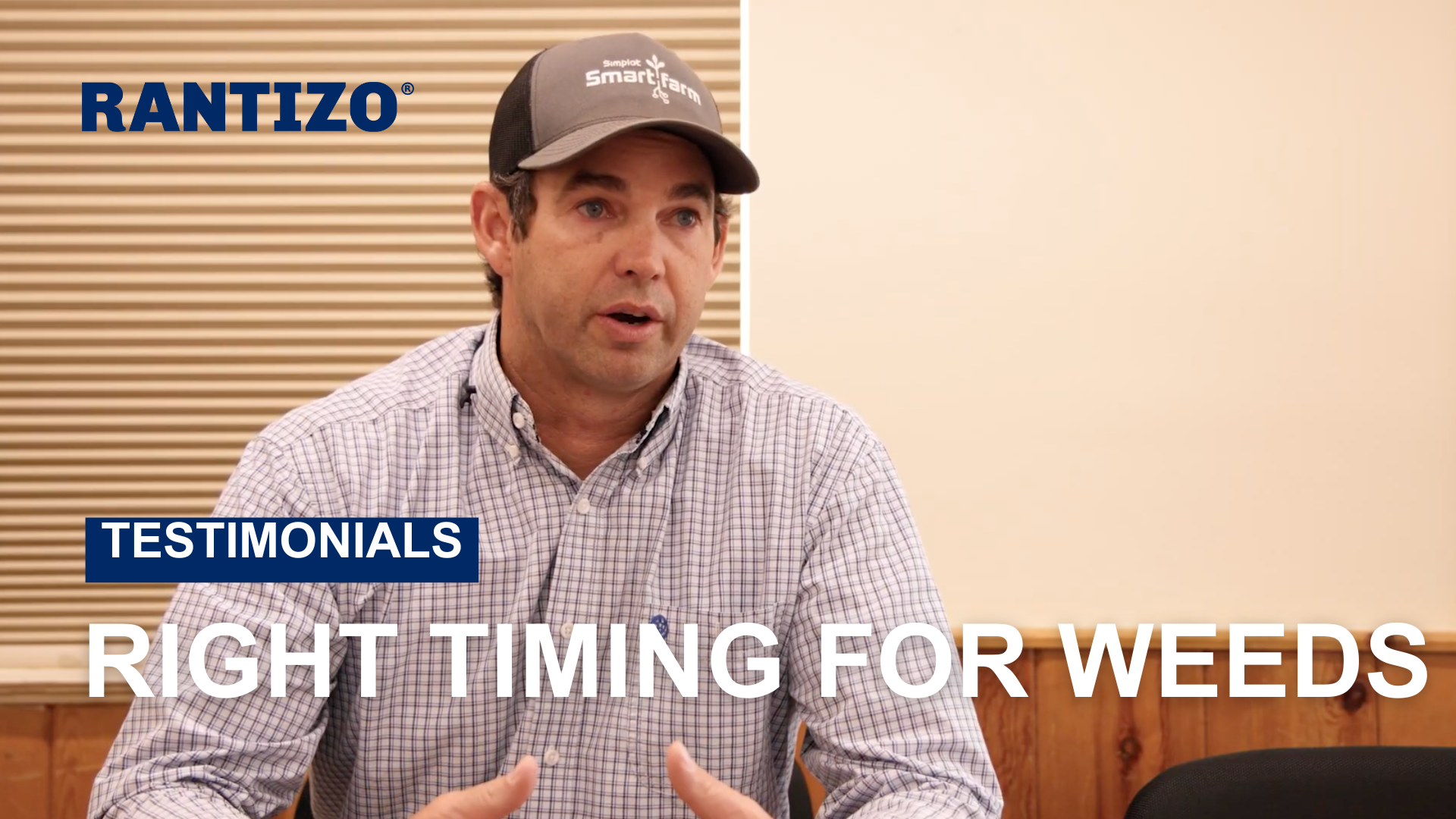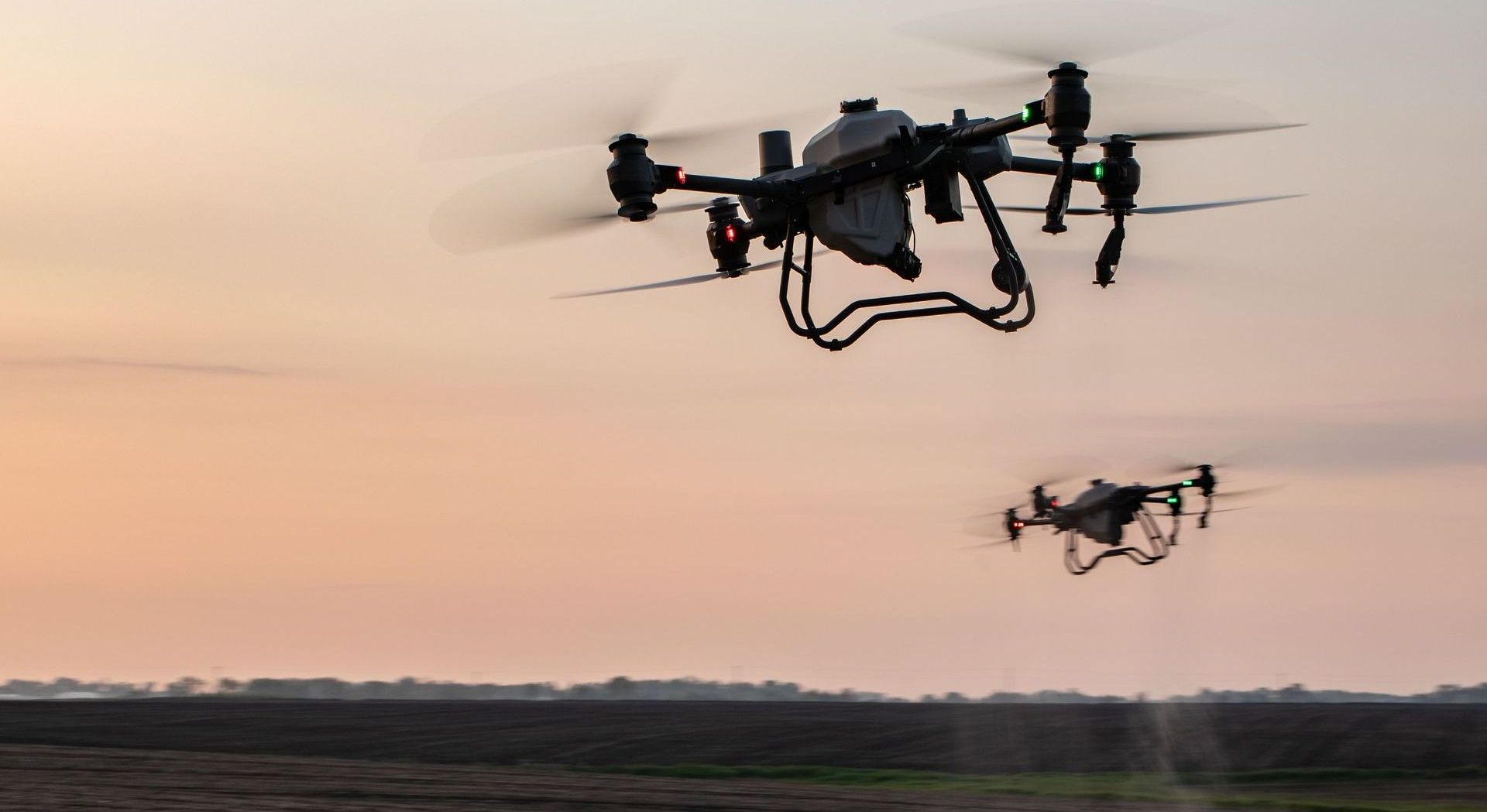RESOURCES
Pre-Season Drone Sprayer Maintenance Tips
March 15, 2022
The post Pre-Season Drone Sprayer Maintenance Tips appeared first on Rantizo.
share this
past blog posts
Related blogs

The right timing of herbicide applications is crucial for crops’ growth stage. Camby Reynolds with Simplot Grower Solutions knows this well for his customers. With drone spraying, he’s able to find the best time for applications for weed management, maintain irrigation, all while maintaining the overall crop growth. Learn more about how he’s implemented spray drones with ground rigs and airplanes in the Bighorn Basin in Wyoming: https://www.rantizo.com/aerial-applications-integrating-spray-drones-and-airplanes-into-a-crop-protection-plan




